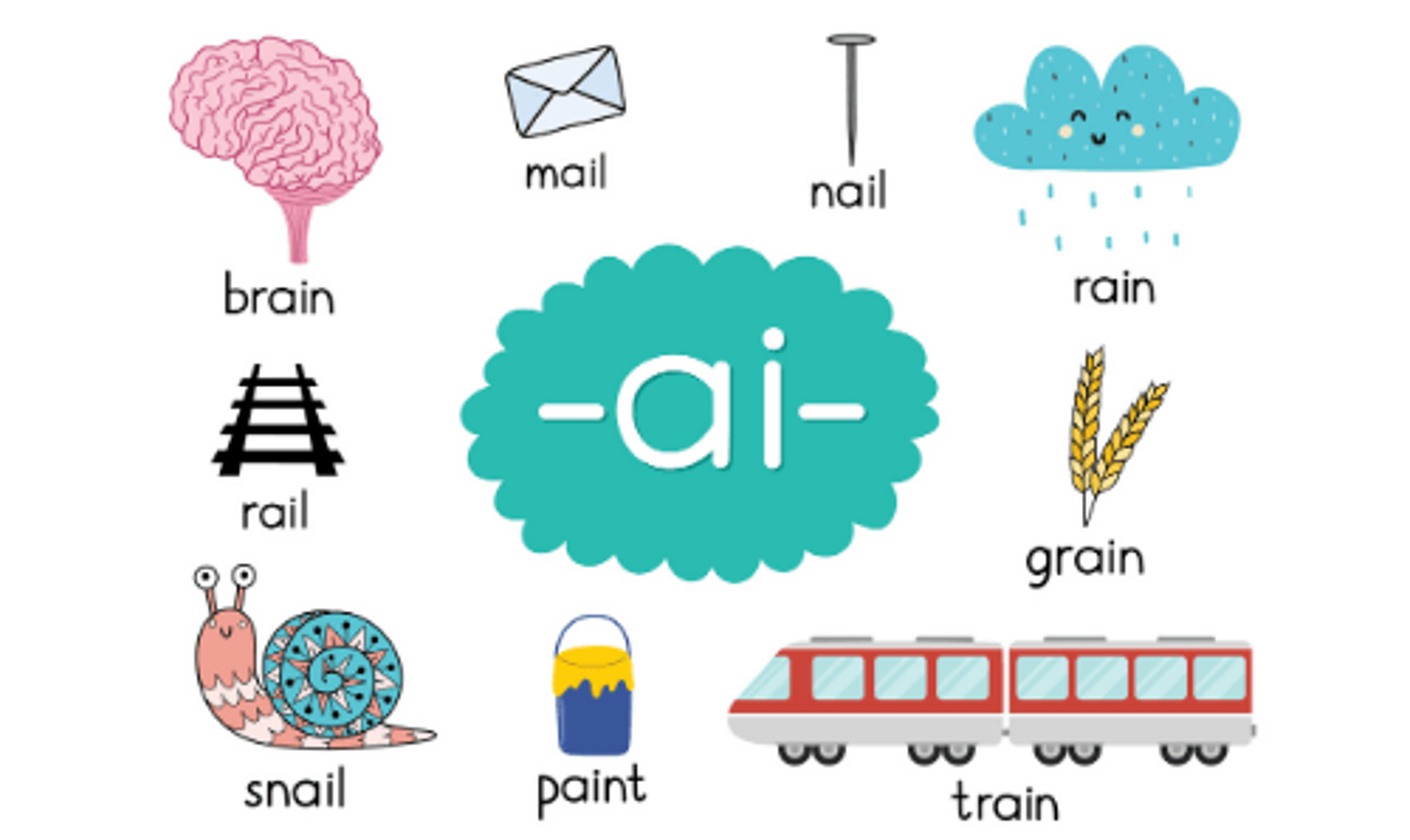
5 tips for teaching children to read at home
Learning to read is one of the greatest milestones a child can reach during their early school years. It can be an absolute breeze for some children and a real struggle for others – but when those first few words fall into place, the doors to a wonderful world of reading will soon open. Whether you’re a teacher, a homeschooler or a parent who is simply trying to navigate their way through the Covid pandemic, you can discover five top tips to help children or students learn to read at home below.
Read out loud
Reading out loud is a hugely effective way of helping children understand the connection between the spoken and written word. Many pre-school children will already be familiar with listening to stories or reading books with grown-ups. They’ll be able to turn pages independently and identify objects, characters or events in the pictures – this may not seem like a significant reading leap to a grown-up but it really is! Fun board books with just a few words on the page or a few short sentences can help introduce children to the idea that stories are, in fact, read.
You can find hundreds of fun and exciting picture books, which come with audio functions to help with word pronunciation and reading comprehension, on both the Pickatale app (30-days free for families) and Pickatale for Schools reading tool (completely free for educators and students). Browse the ‘Learning’ category in the Pickatale app or search for the ‘Level 1’ books in the Pickatale for Schools app to get young readers started.
Talk about phonics & letter sounds
Learning the phonetic alphabet is instrumental in teaching children how to read. ABC books, alphabet charts, puzzles, audio guides, videos and apps are all easy and accessible ways to show little ones how to break down words by sounding them out. For example: A = ah, B = buh, C = cuh, D = duh, E = eh, and so on and so forth.*
Through understanding phonics, children will be able to learn how to read unfamiliar words, so it’s a really important skill to help them master. All that’s left to remember is to be patient and to always take any new learning at your child or student’s pace.
*Tip - it's recommended parents further research the correct way to pronounce the pure sounds of the alphabet to further help children when they learn to blend words down the line. If the letter sounds are pronounced incorrectly, this can stress/unstress certain words and make reading more challenging.
Create a sound wall

A what now? A sound wall: where you can display different letter sounds so that students and young learners can continue to master their understanding of phonetics. Instead of grouping words in a big visual display by their spelling, you’ll group words by how they sound.
If you’re making your own sound wall, begin by creating groups for the different phonemes, for example, the words ‘funny’ and ‘phone’ would sit within the same phoneme.
There are a number of sound wall resources available for free online, so it may be an idea to swot up on your phonemes first before doing some additional independent research on the type of wall, folder or document pack that could work best for your child or students.
Make the most of technology

There are hundreds of amazing apps for children, parents, tutors and educators to use to help teach reading to different ages and abilities. With Pickatale for Schools, students and young learners can access hundreds of fun fiction and non-fiction school-related books, phonics and quizzes to support reading practice.
Students can search for books by reading level (learn more about the Pickatale for Schools reading levels 1 – 8) and teachers can assign reading homework as well as track students’ progress and any words they may have struggled with.
Better yet, Pickatale for Schools is completely FREE. Find out more here.
Keep sessions short
Short and sweet reading sessions are likely to result in positive learning experiences for much younger children and students. Every child will learn to read in their own time and will need different levels of praise to get there. The most important thing you can do as a teacher, tutor or parent is to make reading a joyful activity full of encouragement.
*This article was updated on 24/1/21 regarding the learning of pure sounds.
Safe use
Pickatale has been developed for children and all content is quality assured for children. Once you're subscribed to one of our pricing plans, no additional costs will be incurred and no indiscriminate products will be added.
Privacy
Pickatale uses cookies on its website. Read more about how we process personal information in our privacy statement.